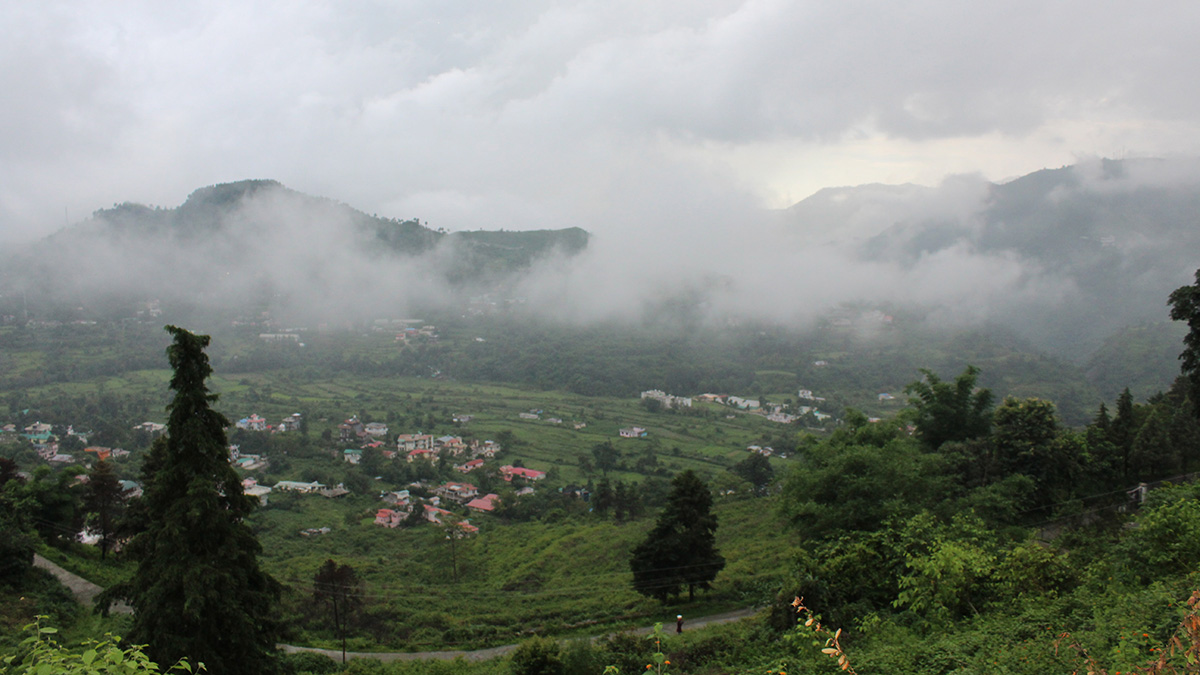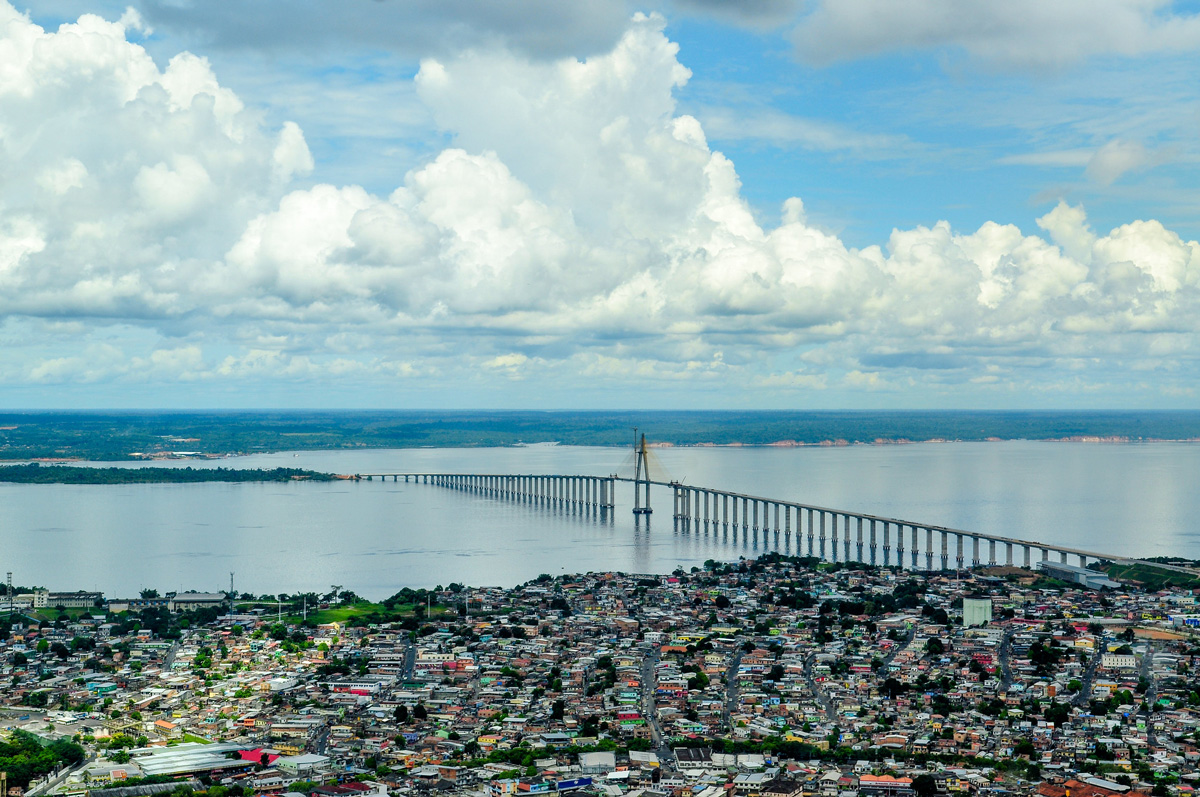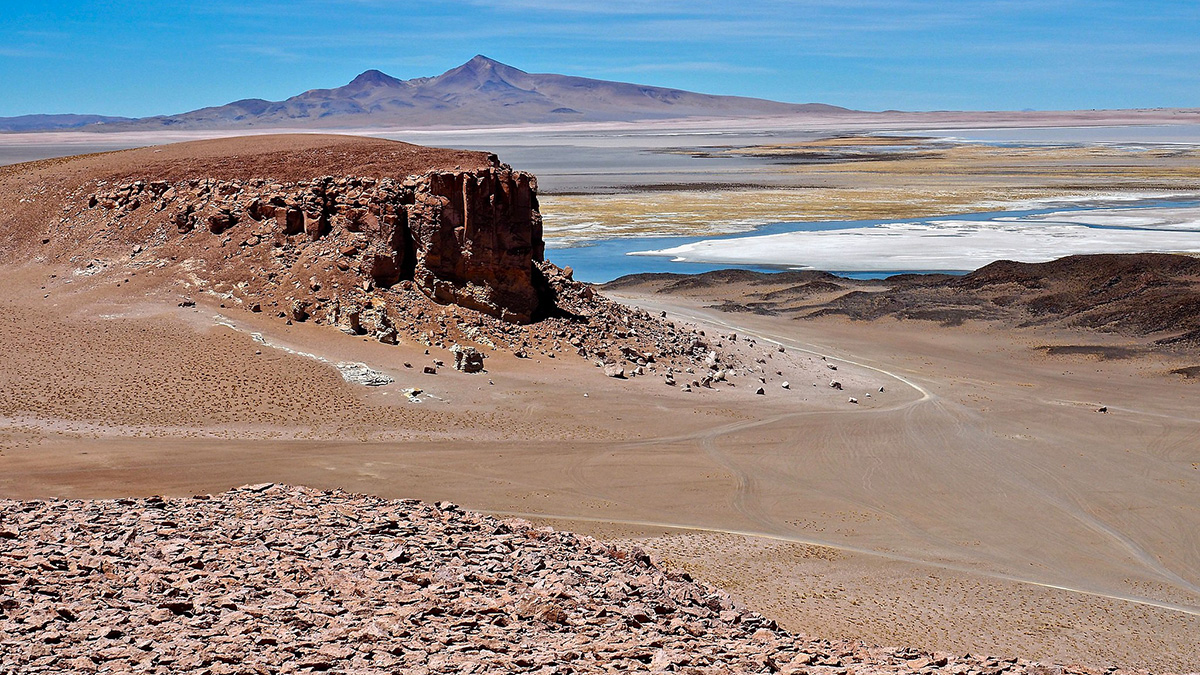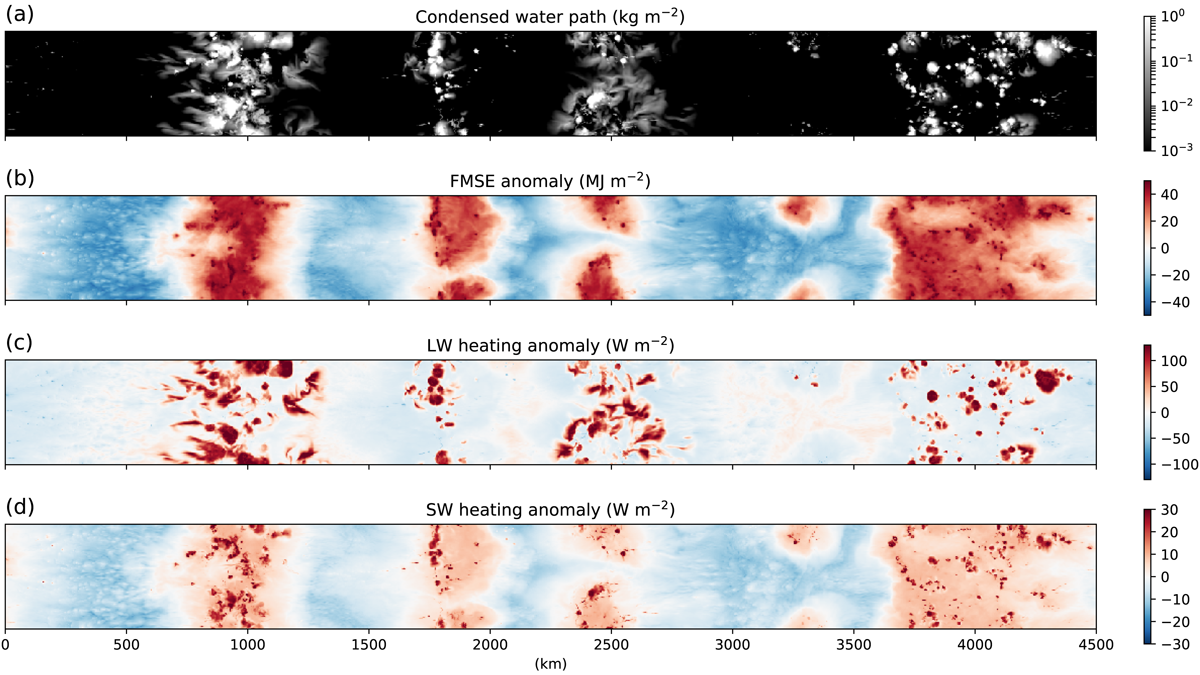Most climate models predict that the South Asian monsoon will strengthen with climate change, but new research indicates warmer ocean temperatures may lead to a drier phenomenon.
rain
Tree Rings Reveal a Puzzling Trend in Monsoon Intensity
Tree rings confirm that in northern Australia, the past 40 years have experienced more rain than any similar length of time in the past 600 years.
Pollution Is Disrupting Rain Cycles in the Amazon
A team of researchers in Brazil and the United States uncovered the importance of the mechanism of oxidation—a process with the potential to affect climate and precipitation across the tropics.
High Mountain Rain Has Scientists Rethinking River Basics
Rainfall varies with elevation, and such precipitation gradients can have profound and often counterintuitive effects on topography.
Understanding Rare Rain Events in the Driest Desert on Earth
A new study reveals the atmospheric paths of storm events that can deliver a decade’s worth of rain in a few hours to the Atacama Desert.
Rainy Days Dampen Economic Growth
Research reveals the connection between a country’s day-to-day weather and its production.
No Relief from Rain: Climate Change Fuels Compound Disasters
Climate change is increasing the risk of fire-rain events, raising mudslide concerns in fire-prone communities.
Importance of High Clouds and Moisture in Rainstorm Aggregation
A study of the impacts of radiative interactions with different cloud types on aggregation of rainstorms finds that interactions with high-clouds and water vapor are key.
Raising Central American Orography Improves Climate Simulation
Elevation of Central American orography significantly reduces the pervasive tropical rainfall bias by blocking the easterlies and consequently warming the northeastern tropical Pacific.
Climate Clues from One of the Rainiest Places on Earth
One of the world’s rainiest places lies off Colombia’s Pacific coast. New field research sheds light on the Chocó low-level jet, a phenomenon responsible for the region’s precipitation.










